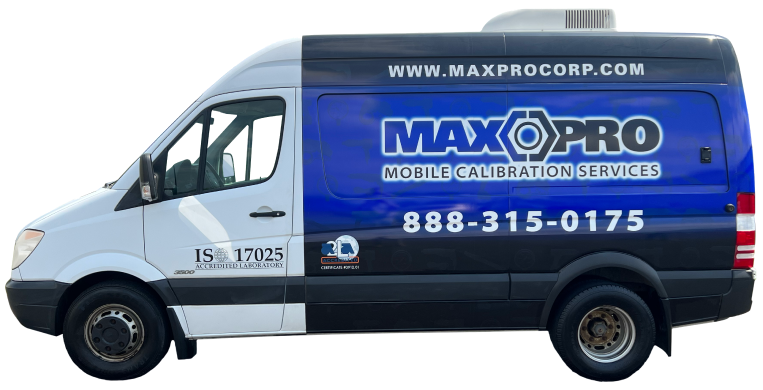Between ladders and scaffolding, heavy equipment and chemical and electrical hazards, an industrial construction site can be a dangerous place to work.
Fortunately, there are steps you can take to make your workplace safer. Read on to learn more about industrial construction worker safety.

Proper Tool Use
- Only use tools for their designated task. Using inadequate or poorly designed equipment can lead to health hazards such as carpal tunnel or tendonitis. Do not use tools that are damaged.
- Never carry a tool by its hose or cord, and keep those cords and hoses away from heat, water, oil and sharp edges.
- Wear proper eye/ear protection to keep yourself guarded against intense noises and vibrations.
- Be aware of your surroundings: underground utilities, overhead lines, low clearances and other obstacles can be at best a nuisance, at worst a disaster waiting to happen. And keep other people clear of machine operating areas.
Scaffolding safety
- Make sure scaffolding is built on solid ground, and is itself rigid, with a high weight capacity. It should be enough to support its own weight plus four times the maximum anticipated load. Do not use unsteady, portable objects – barrels, loose bricks – to support scaffolding.
- Never overload a scaffold. Make sure a qualified supervisor is there to oversee its assembly.
- Do not use damaged scaffolding, and do not use a scaffold in bad weather.
The construction of your scaffold should include tightly-planked platforms, sturdy guardrails, toe-boards and mid-rails, and tight rigging. Replace any damaged or weakened support structures immediately.
Cranes and forklifts
Another factor in ensuring industrial construction worker safety is taking care when getting on or off heavy equipment. Watch where you’re putting your hands and feet, so you don’t slip or get caught. Use your entire hand and foot for balance.
- Use gloves and footgear with excellent traction for the safest handhold, and do not carry objects while climbing.
- Have a spotter act as your eyes when dealing with blind spots.
- Make sure you have enough room to maneuver your vehicle. Alert those around you to your next step, so they can get out of the way if necessary. Check in all directions, especially when moving in reverse.
- Never leave the machine unattended, or allow untrained staff to operate it.
Chemical spills
- If a chemical spill happens, assess the situation to decide if you’re dealing with a high-hazard or low-hazard spill. Report it immediately no matter what kind it is.
In the case of a high-hazard spill, evacuate and allow qualified professionals to deal with it. Keep in mind that some chemicals are odor-free, so don’t just go by your senses. The safest bet is to assume every spill is high hazard.
For low-hazard spills – these are spills that you are 100 percent sure are non toxic and not immediately threatening – do your best to keep people away.
- Don’t panic. Alert everyone on site and back away safely.
- Ventilate the area if possible by opening windows and doors. Remove all heat sources.
- Never touch a chemical spill with bare skin.
Another part of industrial construction worker safety is ensuring workers have reliable tools. For more than 20 years, Maxpro has helped workers in the construction industry by calibrating their torque wrenches to the industry’s most stringent standards.
Contact us today to schedule calibration service, and we can help ensure you’re working with safe, reliable torque tools.





